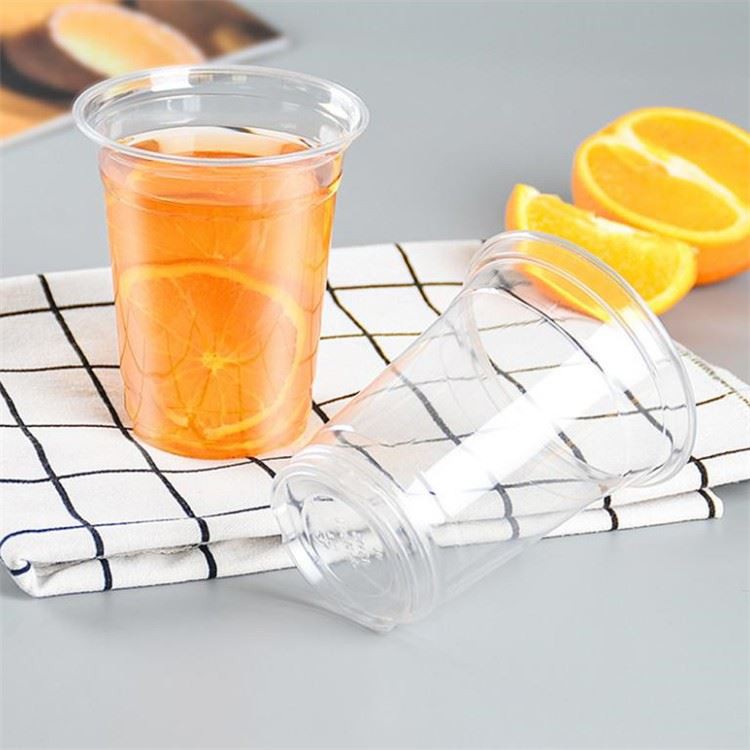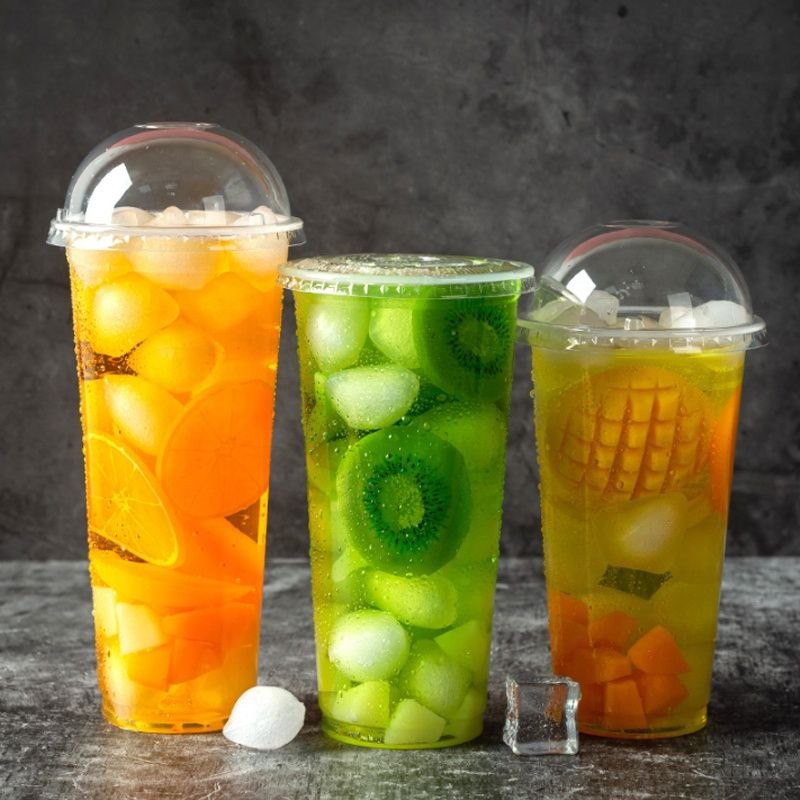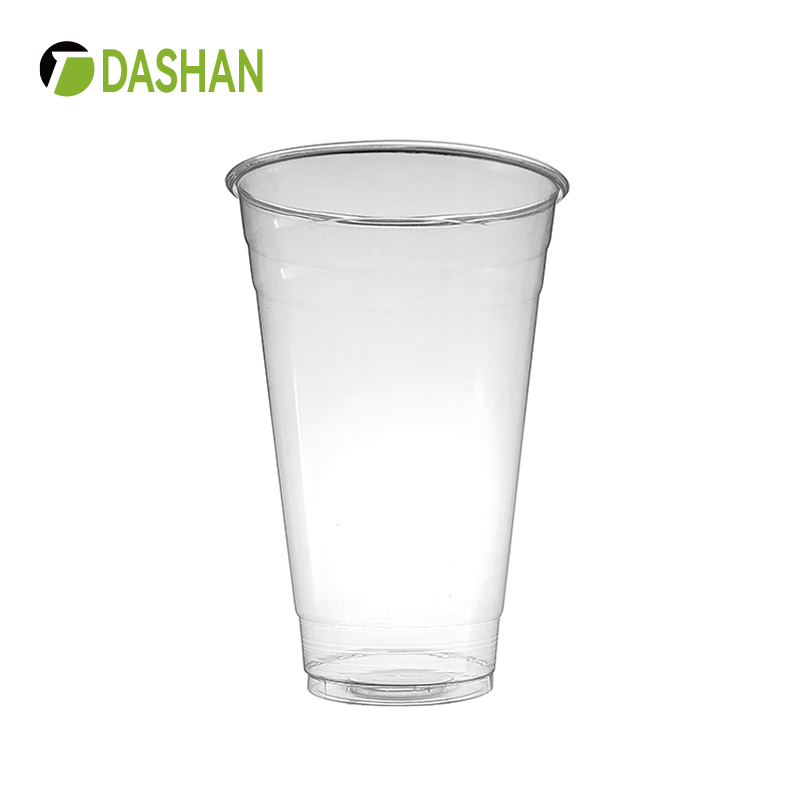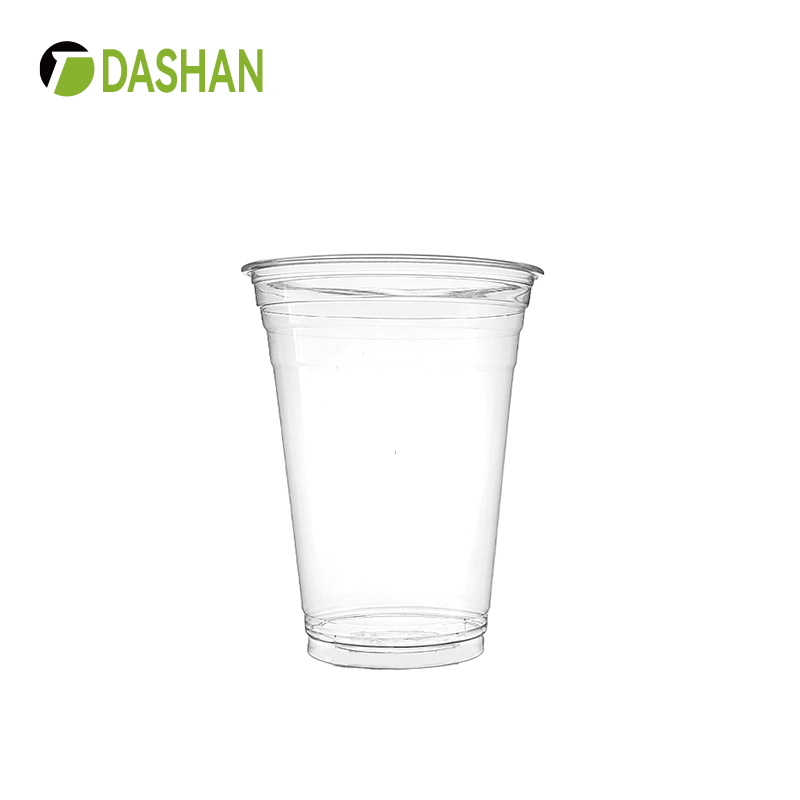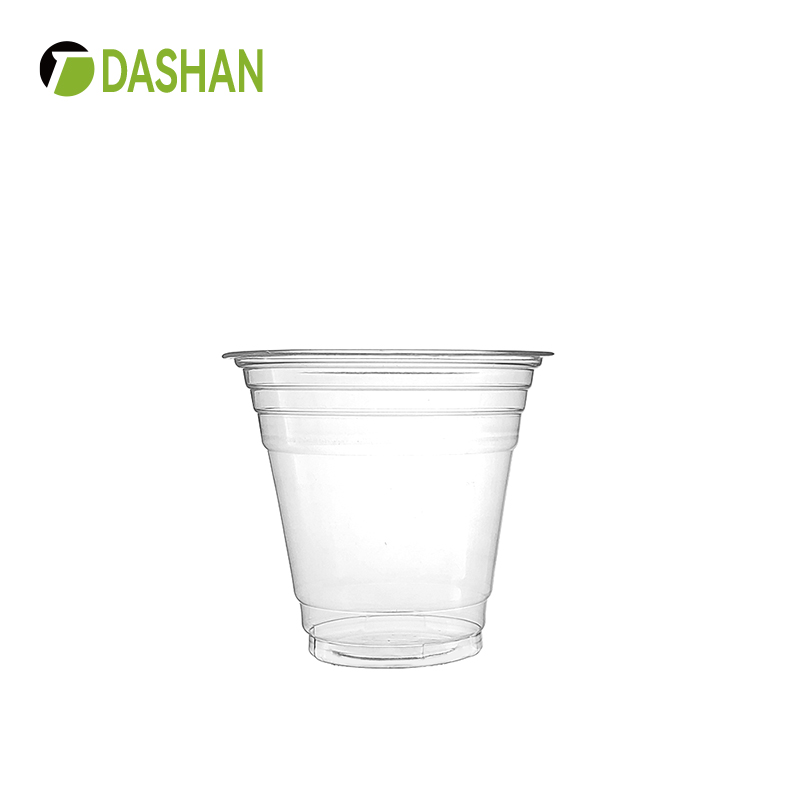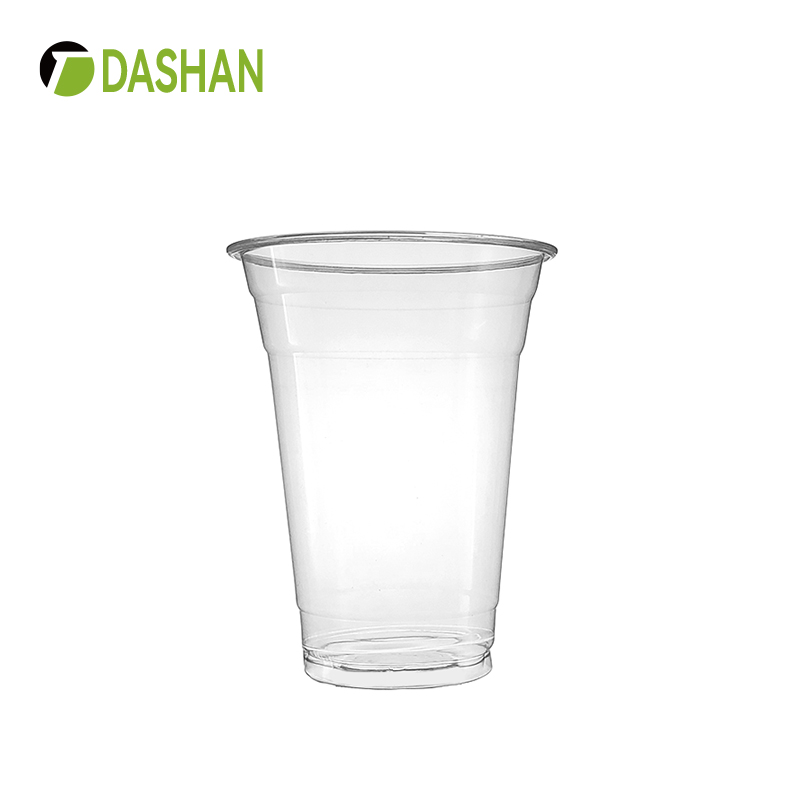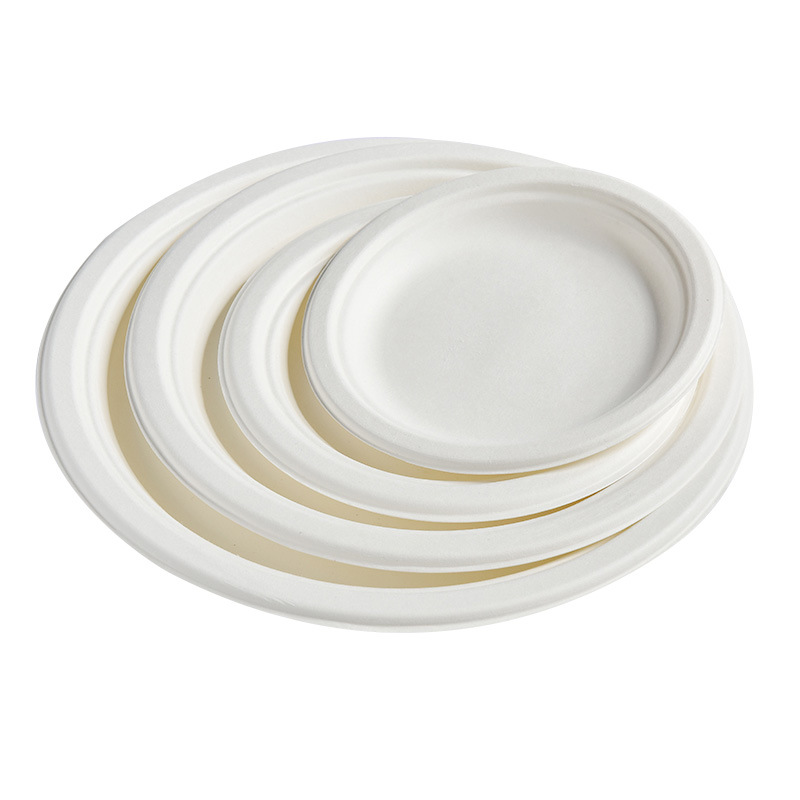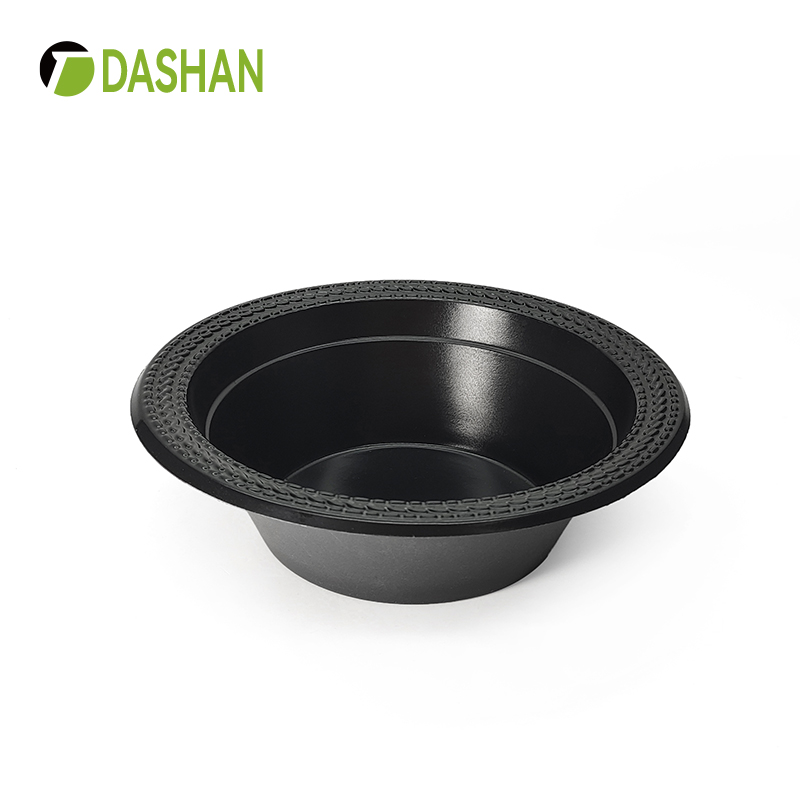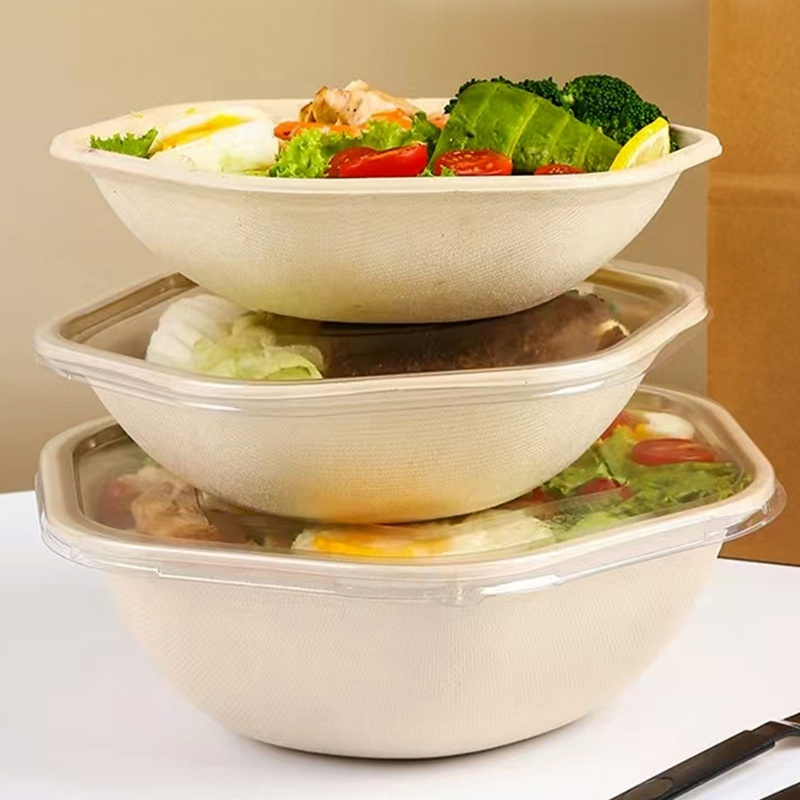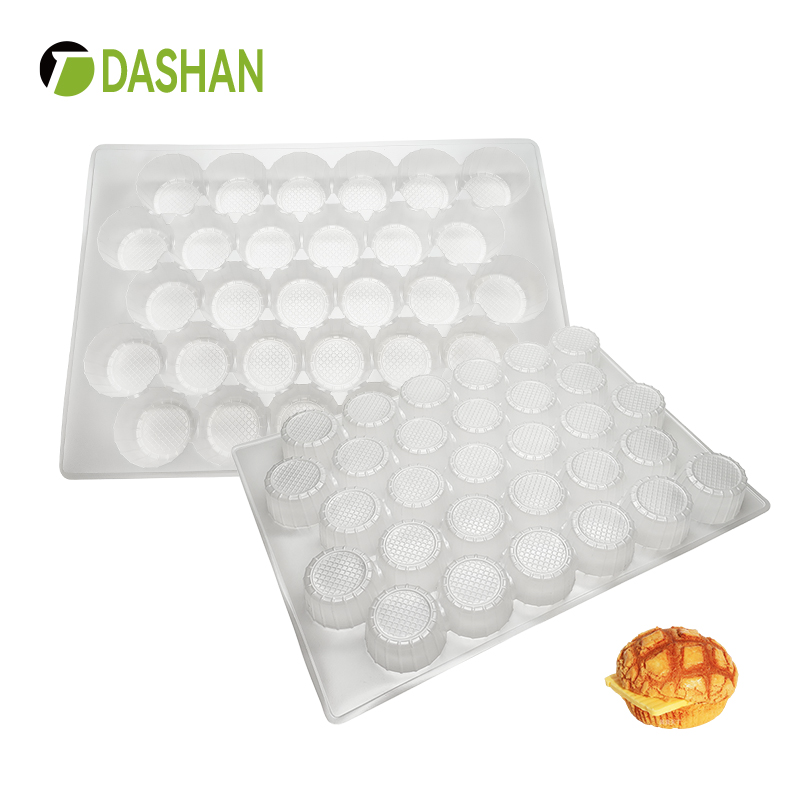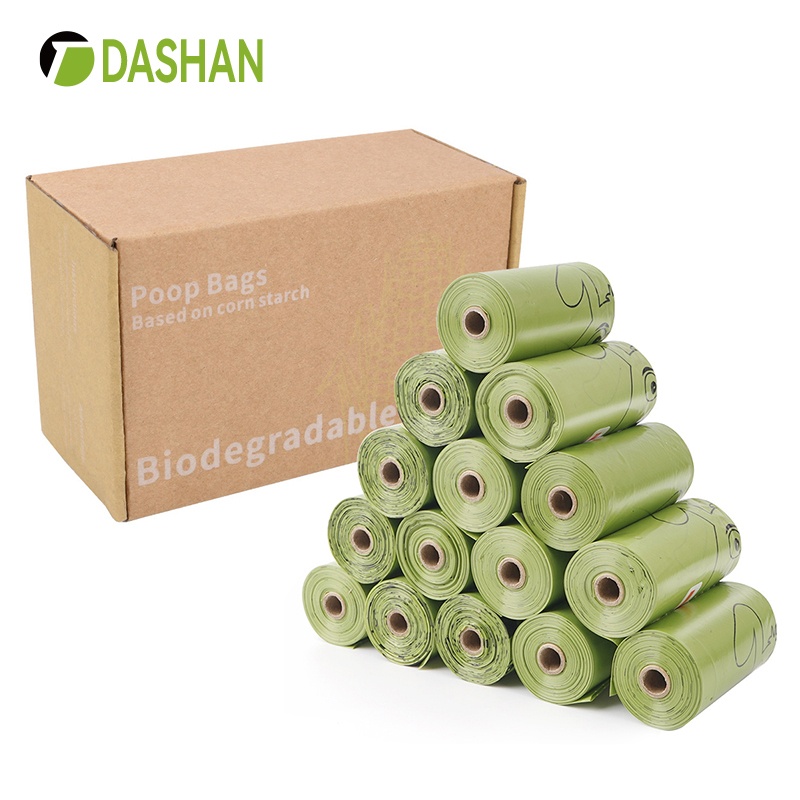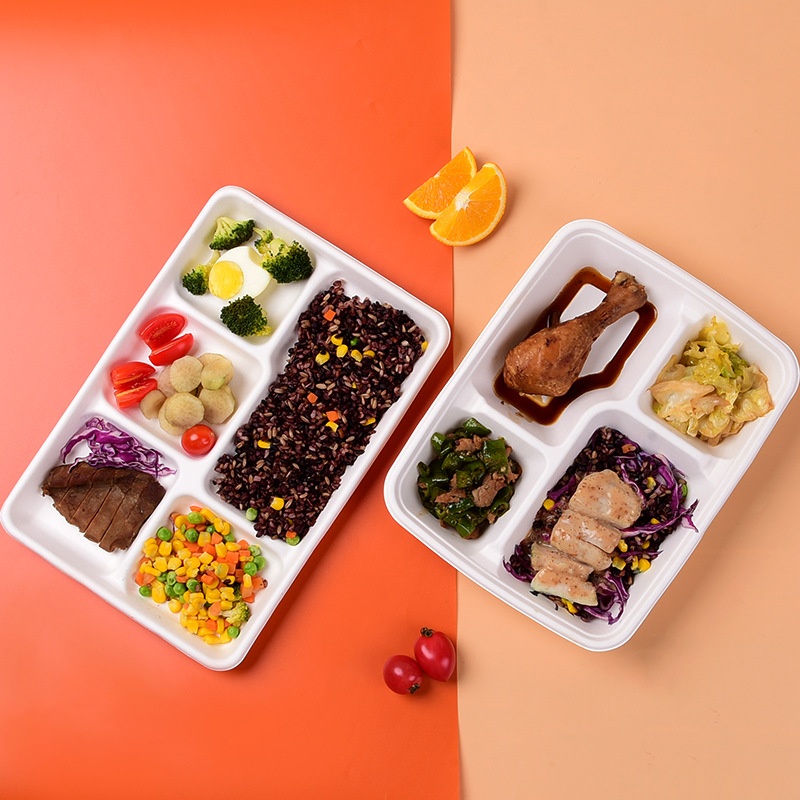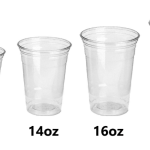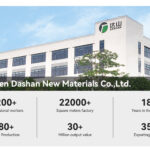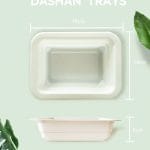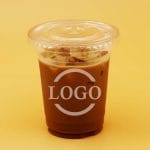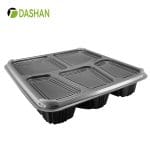Are PP plastic cups safe for daily use?
People are paying more and more attention to healthy life, and they are also very concerned about the safety of plastic products. Compared with the weight of glass cups and metal cups, the usage rate of plastic cups in daily life is relatively high. The safety of the cup is doubtful, so how many types of plastic cups are there on the market today? Which ones are safe? Which ones are not safe?
At this stage, the plastic cups circulating in the market are roughly divided into three types, namely PP plastic cups, PS plastic cups and ABS plastic cups. Let’s analyze which cup has a higher safety index and is more suitable for people to use.
First of all, let’s take a look at PP plastic cups. As we all know, PP plastic cups are cups made of PP plastic, so what is PP? Simply put, PP is a thermoplastic resin polymerized from propylene, and its appearance is translucent and colorless solid. Odorless and non-toxic, people usually call PP plastics food-grade plastics. The structure of polypropylene is regular and highly crystallized, and its melting point can be as high as 167°C, so even if boiling water at 100°C is poured, the pp plastic cup will not be affected, so it is completely impossible for “toxicity” to volatilize, so the safety index of pp plastic cup higher. However, PP plastic cups also have corresponding shortcomings, such as general transparency, brittle quality, and easy to break.
The transparency of PC plastic cups is superior to that of PP plastic cups. Its style is beautiful and translucent, and its price is relatively low. Because PC has excellent rigidity, toughness, impact resistance and other characteristics, most PC plastic cups are resistant to falling and not easy to break, and are widely used in daily life. However, PC plastic cups have their fatal disadvantages. It is easy to emit the toxic substance bisphenol A when it encounters high temperature, and the longer it is used, the more it will be released. At present, countries such as Europe, America, Southeast Asia, Japan, South Korea and other countries have issued laws and regulations to prohibit the use of PC materials. for baby products.
ABS plastic cups are synthesized by ABS resin. The main characteristic of ABS resin is that it has good impact resistance and certain heat resistance. Its melting temperature is 217~237°C. At this stage, there is no indicator of the safety index of ABS plastic cups, and it is impossible to determine whether it emits toxicity, but most people think that ABS plastic cups are acceptable for drinking cold water, and hot water is not recommended.
Facing the plethora of plastic cups on the market, how should we choose?
First of all, look at the use. Generally, food-grade plastic cups have certain guarantees for health and safety; and smell, better plastic water cups will not have a very special smell even if they are new, but some inferior plastic cups , as soon as you get close, you can smell the pungent smell of inferior plastic or rubber; finally look at the material, the bottom of the regular plastic cup on the market will have a corresponding logo, that is, there is a triangle with an arrow, and there is a number in the triangle, the following editor Relevant signs and contraindications will be listed for your perusal.
No. 1 PET polyethylene terephthalate (common mineral water bottles, carbonated beverage bottles), heat-resistant and easy to deform, easy to dissolve toxic substances.
No. 2 HDPE high-density polyethylene (common white medicine bottles, cleaning products, bath products), not suitable for water cups or storage containers.
No. 3 PVC Polyvinyl chloride (commonly used in raincoats, building materials, plastic films, plastic boxes), high temperature heating will cause toxic substances to overflow, not suitable for food packaging.
No. 4 PE Polyethylene (commonly known as fresh-keeping film, plastic film, etc.), harmful substances are produced at high temperature, and toxic substances enter the human body with food, which may cause diseases such as breast cancer and birth defects in newborns.
No. 5 PP polypropylene (commonly known as soybean milk bottles, yogurt bottles, fruit juice drink bottles, and microwave lunch boxes), with a melting point as high as 167°C, is the only plastic box that can be placed in a microwave oven and can be reused after careful cleaning.
No. 6 PS polystyrene (commonly used in bowls of instant noodle boxes and fast food boxes), should not be steamed in a microwave oven, as it is easy to release harmful substances. When encountering acid and alkali, it is easy to decompose carcinogens.
No. 7 PC (commonly used in kettles, space cups, and feeding bottles) should not be heated or exposed to the sun, as it will easily release the toxic substance bisphenol A, which is harmful to the human body.
Related Products


